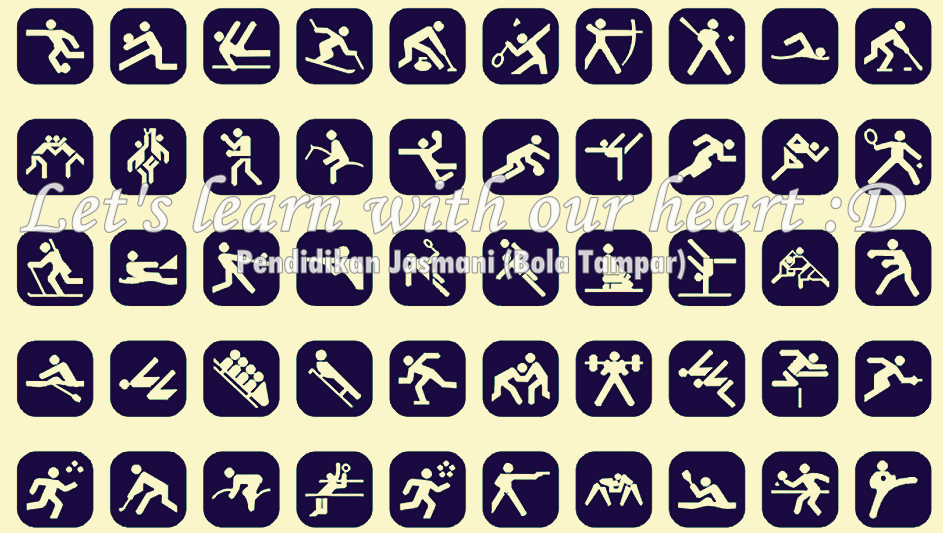Math is one of those subjects that can be taught in an exciting way using the child's natural sense of fun to drive home concepts and facts. The teacher with imagination can make the task of learning about numbers easier and more welcome by using games in teaching maths.
Arranging the room to leave a large open space will provide room for playing math games. This may be accomplished by moving desks to the so that they form a large open rectangle instead of the more traditional rows. This also has the advantage of making each child instantly visible to the teacher who can more easily monitor activity and see when a student is struggling.
Besides being a teacher, I work part time in the marketing department of a lanyard factory. This gave me the idea that using colorful objects such as lanyards can help young students learn about numbers more easily. Many children are visual learners, so bright colors attract and hold their attention. Games played with brightly colored manipulatives will also help tactile learners, since they handle the objects.
Herd the Animals
Goal: Children will learn to group different numbers of animal figures in "cages" to equal 10 total animals.
Preparation: Obtain small plastic animals. You may wish to provide a different type of animal for each group of 4 children in the class. Also provide "fences" to make corrals. Cut out numerals 1-10. Make several sets of these and laminate. Give stamps or small pictures of animals to the children. Provide paper for each group to write down the combinations the find that equal 10.
Play: Divide class into groups and distribute 10 animal figures to each group. Let them manipulate the animals to find various combinations that equal 10 and place the correct numeral with the group of animals (for example, 3 cows plus 7 sheep = 10 animals.) For each new combination, have them write down the numeral with a picture of the represented animal in an equation. The group that discovers the most combinations is a set time wins. Begin with 2 corrals and add 1 more as children are ready.
How Many Can You Find?
Concept: Objects can be measured in several ways using different units
Preparation: Obtain lanyards of two different sizes and correspondingly different colors. The lanyards should be fairly close in length. One set of lanyards for every 3 students will be required. Give each team a piece of tagboard divided into 2 sections with colors corresponding to the lanyards. Two children on each team will measure, and 1 child will record results. Use construction paper in several colors to make squares, rectangles, and triangles with sides the length of the lanyards. Scatter these about the classroom and secure them to the floor using double-stick tape. Place a sticker on each piece to be measured, and a small box of the same stickers next to it.
Play: Divide into groups of three and distribute lanyards and recording boards. Team members will measure the objects placed around the room with the lanyards and place a sticker under the correct color. Add 1 point for each correct item and take away 1 point for each incorrect item. The team with the most correct items wins.
This game can be used to introduce a unit on measurement. Also take the class outdoors and investigate how many lanyards long the playground fence is, how many lanyards wide a window is, etc. Once the children understand how to measure with a whole lanyard, mark some lanyards in inches and help them record how many units tall or wide various classroom objects are. Then make half-inch divisions and play again.
Let's Go Shopping
Goal: Each child will learn to count money up to 1 pound. Children will understand how to combine coins to purchase a larger item than they could purchase themselves.
Preparation: Label cereal boxes and other items with "prices." Place grocery items on book shelves to create a store. Prepare grocery lists of different items that together add up to 1 pound.Make each list different from the others, and make enough lists so that each group of 4 children has a list. Give each child in the classroom coins so that each group of 4 has the equal of 1 pound. Provide 1 bag for each group.
Play: Divide into groups and distribute lists. Ask the children to shop for their groceries and bring them "home." Then have them write down the cost of each item they purchased and add up the cost.The first group with all items correct wins.
As the children get more adept at counting money and figuring prices, add to the items on the lists and increase the amount they can spend. In time, they will be able to correctly count out change and add coins.
Make mathma practice interesting for children by devising games for them to play using colorful objects. These activities are limited only by the teacher's creativity. Follow up the games with corresponding worksheets for children to use as homework. Next day, go over the worksheets in class and let the children use the manipulatives again to prove their answers. A solid foundation in math understanding can be gained in this way.
Dunya Carter is a primary school math teacher from Sydney, Australia. She enjoys coming up with ways to engage her students and help them learn math effortlessly and in a fun way.
